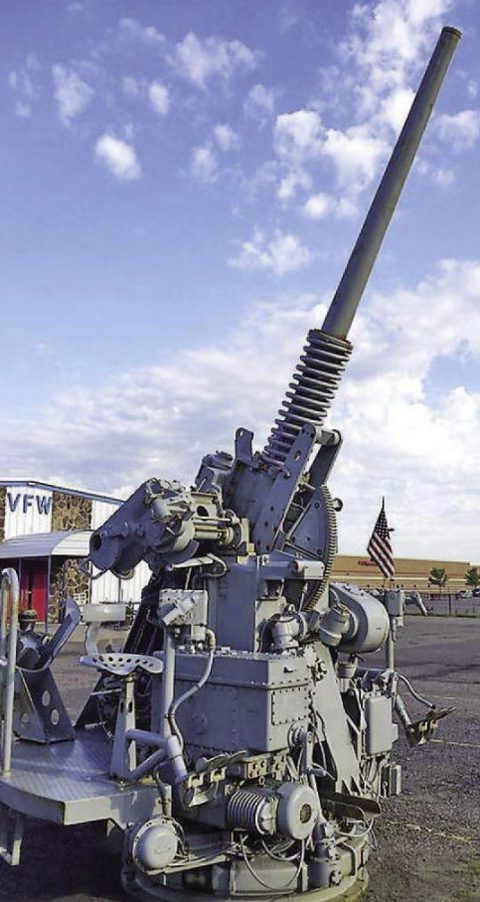Occasionally, a new high-performance alloy of steel gets developed and essentially replaces a similar material over time.
In the case of manufacturing mechanical springs out of Chrome Vanadium spring wire (ASTM A 231), it has all but been replaced by Chrome Silicon spring wire (ASTM A 401).

Legend has it that post WW2, materials scientists at the US military played a significant role in developing the alloy for Chrome Silicon spring wire (ASTM A 401).
It was discovered that its ability to handle considerable shock loads and increased operating temperatures was desirable.
These properties are crucial for countering the recoil of both small and large armaments.
As spring makers, we see Chrome Vanadium called out on engineering prints from time to time.
If the print is older, likely having been drawn on a physical draftsman’s table, and micro-filmed for storage, there is a high likelihood of the mechanical spring print specifying Chrome Vanadium because that was the optimal material at the time. Chances are the last revision to the spring print was decades ago.
![]()
In modern day mission-critical precision spring manufacturing, Western Spring utilizes CNC equipment and skilled craftspeople along with robust production processes.
The raw material inputs for our manufacturing operation should match our advanced production logic. We are here to tell you that we can help validate the revision of an existing spring, or development of a new spring, utilizing raw material known as Chrome Silicon per the ASTM A 401 specification.
Chrome Vanadium is still available in the raw material supply chain, but it is hit or miss for availability. The reason it is still around is that there are a sparse number of legacy spring part programs that are still active and have that material called out (likely on a hand drafted print rather than CAD).
To compare the material properties,
refer to the following chart:
Chrome Vanadium spring wire
(ASTM A 231)
- Nominal Analysis:
C 0.48 – 0.53%
Cr 0.80 – 1.10%
V 0.15 – min% - Minimum Tensile Strength (PSI X 103):
190-300 - Modulus Elasticity (PSI X 103):
30 - Design Stress % Minimum Tensile:
45 - Modulus in Torsion G PSI X 105:
11.5 - Maximum Temperature:
425°F - Rockwell Hardness:
C41-55 - Density lb/in3:
0.284 - Method of Manufacture, Chief Uses, Special Properties:
Cold drawn and heat treated before fabrication. Used for shock loads and moderately elevated temperature.
Chrome Silicon spring wire
(ASTM A 401)
- Nominal Analysis:
C 0.51 – 0.59%
Cr 0.60 – 0.80%
Si 1.20 – 1.60% - Minimum Tensile Strength (PSI X 103):
235-300 - Modulus Elasticity (PSI X 103):
30 - Design Stress % Minimum Tensile:
45 - Modulus in Torsion G PSI X 105:
11.5 - Maximum Temperature:
475°F - Rockwell Hardness:
C48-55 - Density lb/in3:
0.284 - Method of Manufacture, Chief Uses, Special Properties:
Cold drawn and heat treated before fabrication. Used for shock loads and moderately elevated temperature.
To help validate a real-world mechanical spring design with all parameters equal, with the only difference being the raw material, refer to the two spring design sheets:
If you or your Material Review Board have any questions about your unique mission-critical application, please contact the subject matter experts at Western Spring Manufacturing for a design consultation.
Virtual Teams conferencing is available to utilize the Advanced Spring Design software platform together in real-time.

